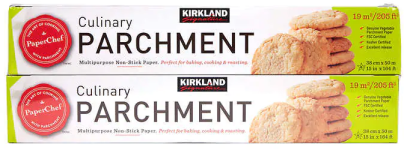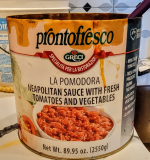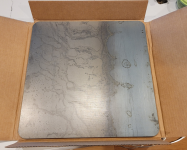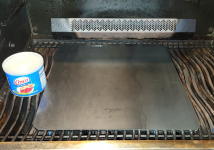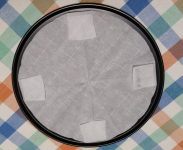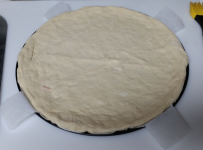Brett-EDH
TVWBB Olympian
If one is using sugar in their dough (promotes faster dough rise due to feeding the yeast), a pizza screen will help stop over browning of the dough. This is because the sugar in the dough will brown and make the dough firmer when cooking. All lending towards a burnt flavor when the pie is done.From what I understand, the screens are hard to keep clean in a commercial establishment that is subject to periodic food safety inspections and not all that durable so require frequent replacement, and if I saw someone using a screen in a commercial establishment I would probably think they didn't know any more about making pizza than I do. Be that as it may, use a screen or don't, it's your pizza, Joe, make it the way you want it. I use a screen, but I consider it a gimmick and my end game is to make pizza without one, but that's my pizza and that's the way I want to make it.
If you’re using flour, water, yeast and salt, you can cook directly on a stone with less chance of burning. BUT, this scenario is also tied to your dough’s hydration. A 60% hydration won’t help the dough poof, water becoming steam and the steam being trapped inside the dough, when cooking a pizza. A higher hydration dough, say 70%, would do well on a stone or steel as the higher heat is needed to promote the dough cooking and the water steaming inside the dough, creating an airy and light pizza dough texture.
I wouldn’t cook a 70% hydration dough on any screen as it’s counter productive.
So as I listed earlier, the pizza dough recipe one is using, the hydration and the stone/steel temp are key components of screen or no screen.
As for judging any pizza shop, do as you wish. You’re paying for the pizza. The screens clean off easily with a wire brush, soap and water. And the aluminum ones are quite durable. And if they fail, they’re inexpensive enough to just replace.

